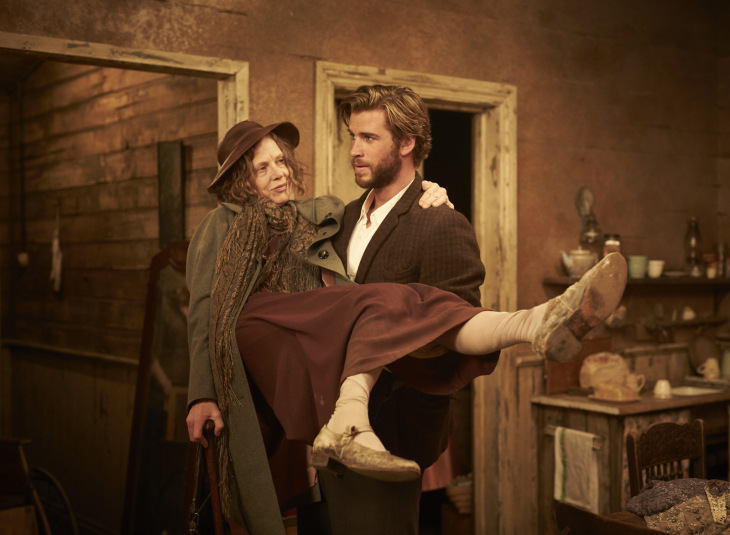We all have a curiosity about how other people live – especially people from different places around the world. People just like us but yet, completely different. Children love the conversations we have in classrooms about what it is like in other countries where we once lived or places we have visited.
It’s the daily routines that are as interesting as the unique sights and physical characteristics of the land.
The tiny details. The things that make sense but seem so unusual.
What do you eat for dinner? What is school like? Do you have pets? What are the conveniences in your home? The hardships? What is your daily routine? What do you do for fun? What is served for dessert?
These details define us and unite us. They make us realize how we all have similar routines even though things in our day can be vastly different.
This is How We Do it: One Day in the Lives of Seven Kids from around the World by Matt Lamothe (Chronicle Books May 2017) offers a glimpse of the daily lives of seven children from around the world. Each child is between ages seven and eleven. All of these wonderful details are here:
- What’s for breakfast?
- What does your home look like?
- What do you wear?
- What is school like?
- What do you do for fun?
- What is your family like?
- What do you do with your friends?
- What do you eat for dinner?
- Where do you sleep?
All of these questions and more are answered in detail by Kei from Japan, Ribaldo from Peru, Kian from Iran, Oleg from Russia, Ananya from India, Romeo from Italy and Daphne from Uganda.

I shared this with my own children, who at age fourteen, were still very intrigued by all of the details. Some of the things they found especially interesting:
- Breakfast foods like egg yolks mixed with sugar and milk in Italy and miso soup, consumed in Japan. Soup in the morning was a shock.
- In many countries, students call their teachers by their first names. My children went to an Elementary school where this was done but it isn’t common here in Canada.
- How late some children ate dinner. “What time do they go to bed?”
- The differences in homes and sleeping arrangements.
- That in Japan, children have to clean their own classrooms.
- That kids in Peru have coffee with their dinners.
What makes this book so wonderful is revealed in the final pages. These children featured are real. We meet them in a photograph with their families and find out through the author’s note that all the details of their lives are based on their actual lives shared through photos and details given to author/illustrator Matt Lamothe.
I appreciated the balance of boys and girls and that the children who were chosen came from families who had lived for generations in the same country. Lamothe points out that these children can be seen to be representative of their country but of course only to a limited degree. All families and children are incredibly unique. I also appreciated that there was not a child from North America! While all families are depicted are two parent families, not all are two parent, two children families. There is some diversity in terms of number of children and ages of the children. One family has a tiny baby and so may still be growing. Another family mentions four older, grown siblings that no longer live with the family.
What an absolutely brilliant idea for a picture book! An ideal book for classroom and school libraries. Children will delight in all of the details. Recommended for Grades 1 to 6.
A detailed glossary in the back explains unfamiliar terms.

Thanks to Alyson from Kid Lit Frenzy for the inspiration to read and share more nonfiction picture books in 2017. Follow the link to Alyson’s blog to read about more nonfiction books you need to read!
Thank you to Fernanda from Raincoast Books for this review copy
Share this:- More





